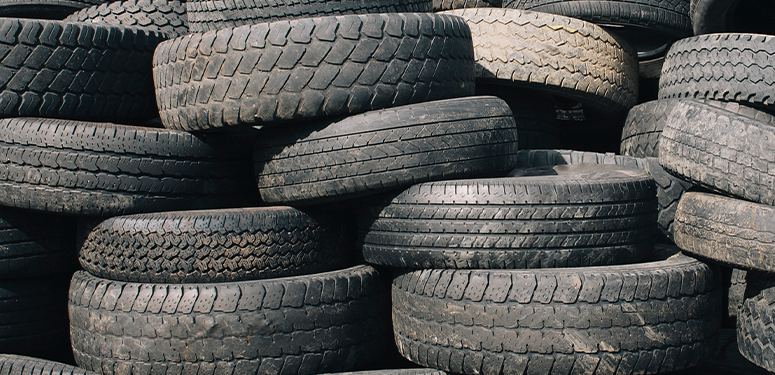Adelaide, Australia — Researchers from a pair of Australian universities say they have unlocked the building blocks to a new eco-friendly recycling solution for used vehicle tires—a solution involving literal building blocks.
A collaboration between the University of Southern Australia (UniSA) and the Royal Melbourne Institute of Technology (RMIT) has demonstrated that crumb rubber sourced from used vehicle tires can be recycled into a green concrete alternative for residential construction.
Lead researcher, UniSA Prof. Julie Mills, said the research is the first to practically demonstrate and construct the new crumb rubber concrete mix in the field.
“Rubber tires are not biodegradable and lead to unstable landfills, breeding grounds for mosquitoes from trapped water, polluted surfaces and toxic groundwater. They [also] pose a significant risk for toxic fires,” said co-researcher Dr. Osama Youssf.
“Such continuous waste production and disposal is entirely unsustainable, which is why we have been investigating alternative recycling options.”
Youssf said part of the research involved assessing the constructability, bond strength, durability, and flexural strength of various crumb rubber concrete mixes.
“We found that reinforced crumb rubber concrete—with up to 20 per cent sand replacement by volume—is superior to conventional concrete in some ways, with higher impact resistance, toughness and ductility, a higher damping ratio, better thermal and acoustic insulation, and a lighter weight.”
Similar work is being done on our side of the earth in Nova Scotia. The province has been recycling old tires into tire-derived aggregate (TDA) since 1996.
TDA is an additive mixed into soil in order to reinforce building foundations in regions with softer soil, such as Nova Scotia.
“We have a lot of soft soils in Nova Scotia that you cannot readily build on because they are too weak to support infrastructure,” said Dr. Hany El Naggar, associate professor and graduate studies coordinator with the Department of Civil and Resource Engineering at Dalhousie University.
“But when you use a TDA-soil mixture for the backfill, you have something that is lightweight but significantly reinforces the strength of the foundation soil. Now, you can build the structure you want on that soil, doing it economically without any risk that it will fail.”
According to Divert Nova Scotia (Divert NS), about 70 percent of the province’s old tires are diverted from the landfill to the production of TDA.


























